The Sternoclavicular joint (SC joint) is the connection between the breastbone (sternum) and the collarbone (clavicle).Also known as the medial clavicle joint (more rarely functional ball-and-socket joint), it represents the only bony hinge from the shoulder girdle to the trunk skeleton. It is secured by various ligaments that give it the necessary stability, while at the same time showing little mobility.
What is the Sternoclavicular Joint?
The SC joint enables movements in two axes that are perpendicular to each other. Therefore two so-called degrees of freedom are possible. The directions of movement of the sternoclavicular joint allow the directed lifting and lowering as well as the forward and backward movement of the shoulder.
Since the two joint surfaces are shaped like a riding saddle, the sternoclavicular joint is assigned to the saddle joints. It is therefore comparable to the middle joint of the thumb. The two joint surfaces are curved inwards or outwards (convex / concave). However, the articular surface of the clavicle is much larger than that of the sternum. These two areas are separated from each other by a joint disc (discus articularis), which in turn is fused with the joint capsule.
The disc divides the gap between the joint surfaces into two closed chambers and consists of fiber cartilage and firm connective tissue. The two joint surfaces themselves are also enveloped by such fiber cartilage in order to ensure that they are congruent.
Anatomy & structure
The sternoclavicular joint is spatially located above the breastbone in the direction of the neck. It protrudes over the upper edge of the breastbone and is therefore clearly visible and easy to feel from the outside. The SC joint ensures that the collarbone can rotate around its own axis.
If the collarbone fractures, there is often a displacement, but this has only insignificant functional effects. Despite its relative clumsiness, the sternoclavicular joint is heavily used. For example, it has to work with every major movement of an arm or shoulder girdle. Arthrosis of the SC joint occurs rarely, but causes pain at an early stage. They become noticeable when an arm is turned sideways by more than 80 degrees and raised. In this case, the collarbone in the sternoclavicular joint begins to rotate beyond normal. In some cases, the joint space is also used up, so that joint parts rub against each other painfully.
The resulting swellings of the SC joint and the adjacent rib-sternum junctions are also relatively common in young women and cause very unpleasant pain. Doctors often diagnose rheumatic diseases here. However, these pains can often be treated well with simple means such as heat or electrotherapy. The use of steroids for pain relief is possible, but not without controversy among experts. Alternatively, however, suitable muscle or tendon tissue can be implanted to replace the damaged clavicular joint head if necessary. This lies on the joint surface of the sternum and is very susceptible to external irritation.
Function & tasks
The collarbone bears his name thanks to a borrowing from Latin. Clavicula means “key” there, which, according to ancient traditions, could also have something to do with the shape of this bone structure. In humans, the collarbone is between twelve and fifteen centimeters long. It has an S shape.
The end of the collarbone pointing towards the middle of the body is called Extremitas sternalis (pointing towards the breastbone). Its articular surface is round. The other end, Extremitas acromialis (pointing towards shoulder level), is saddle-shaped and flattened. It is connected to the shoulder blade by what is known as the ankle joint. The most important muscle in this area is the deltoid muscle, which roughen the surface of the bone due to its strength. It is in turn related to the so-called subclavian muscle.
Noticeable is a hole on the underside of the middle piece, which offers space for a large blood vessel to supply the clavicle with oxygen and nutrients. The clavicle is the second most common human bone to break. Around 15 percent of all broken bones affect the collarbone. The causes are often falls on the shoulder or directly on the collarbone. In rare cases, the collarbone breaks when falling on the outstretched arm.
You can find your medication here
➔ Medication for chest painDiseases
The typical displacements after such a break show up in a noticeable step formation, an apparently longer arm and occasionally an unusual head position. An expression of congenital diseases can be an underdeveloped or even missing collarbone.
After fractures or other injuries, the collarbone can be partially or completely removed. In many cases, the partial claviculectomy is performed directly on the sternoclavicular joint. It is usually necessary due to protracted instabilities of the collarbone or in the case of osteoarthritis. In many cases only a small part of the collarbone near the joint is removed. If the entire bone is removed, instabilities in the shoulder area and loss of function of the shoulder and arm may follow. This is usually preceded by malignant bone tumors, which, however, rarely appear on the collarbone. Metastases practically do not occur here.
Sometimes chronic bone infections or complicated bone fractures are reasons for a full claviculectomy. Complete removal of the collarbone is risky and often associated with complications. Infections and venous injuries can occur. If these are overcome, the removal of the collarbone results in relatively tolerable restrictions in daily life. Sometimes the clavicle is also removed as a bone substitute in order to reconstruct parts of the humerus. This involves swiveling the collarbone into the shoulder socket and then shortening it and reconnecting it to the remaining humerus.

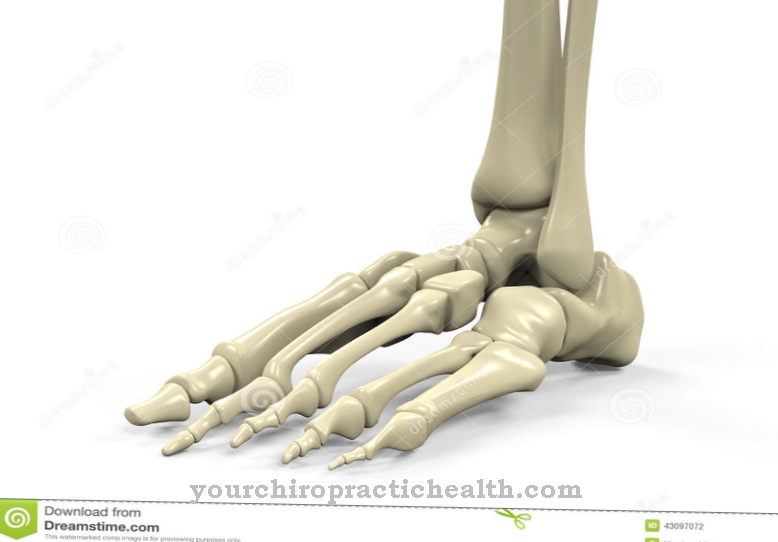
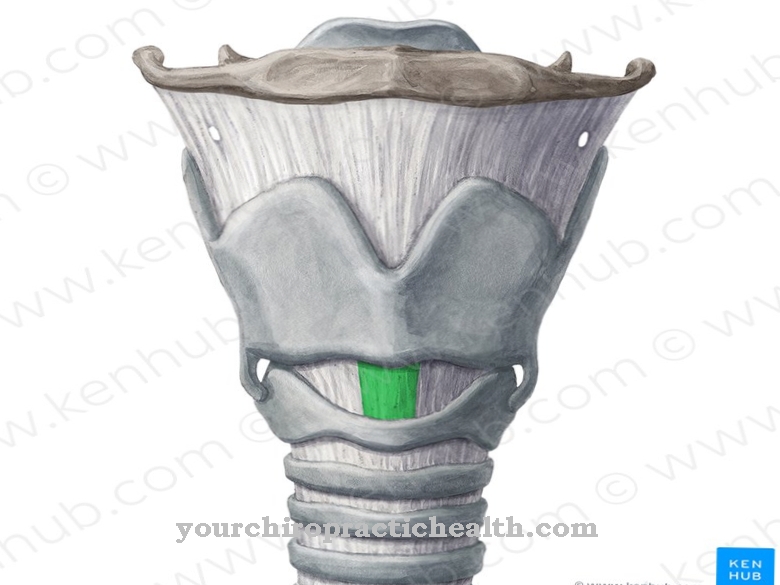
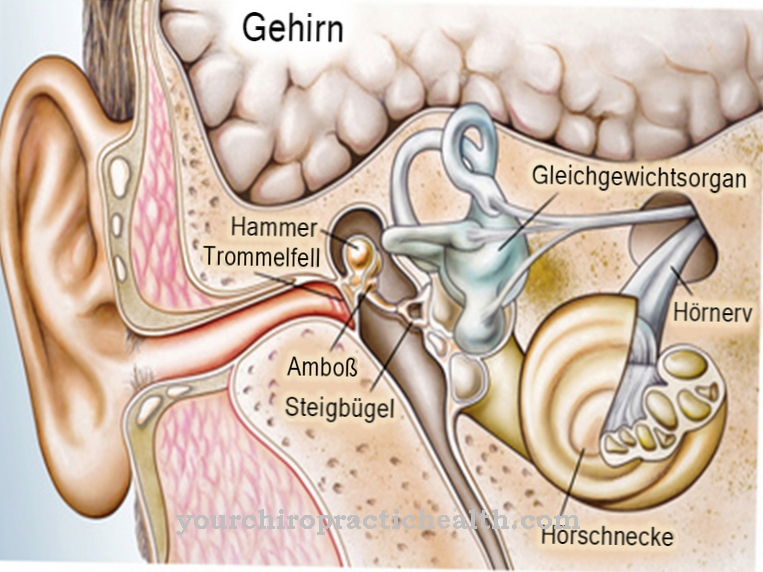
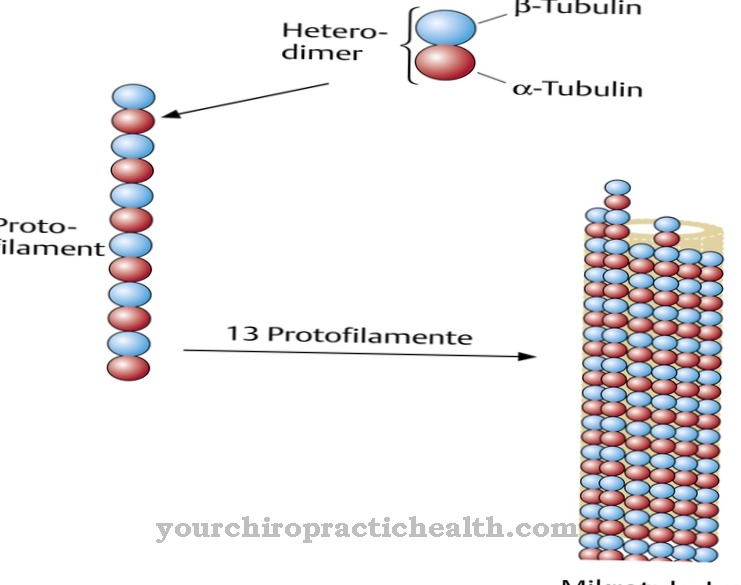
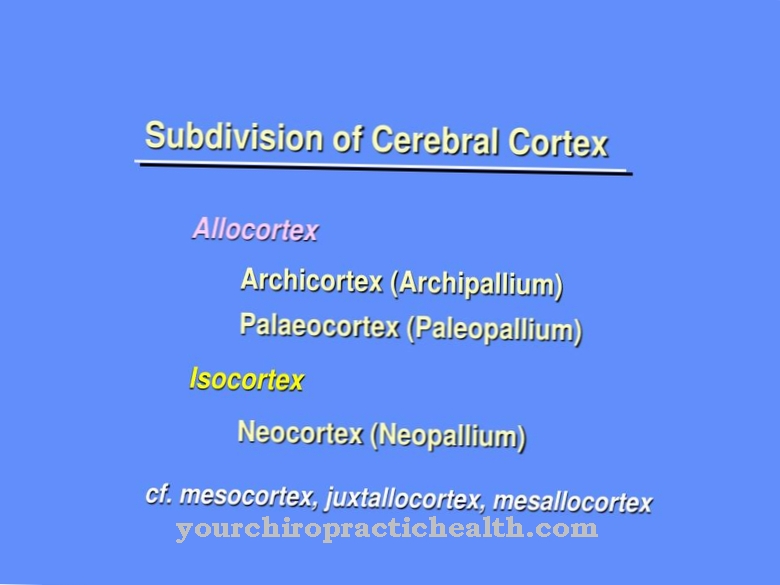
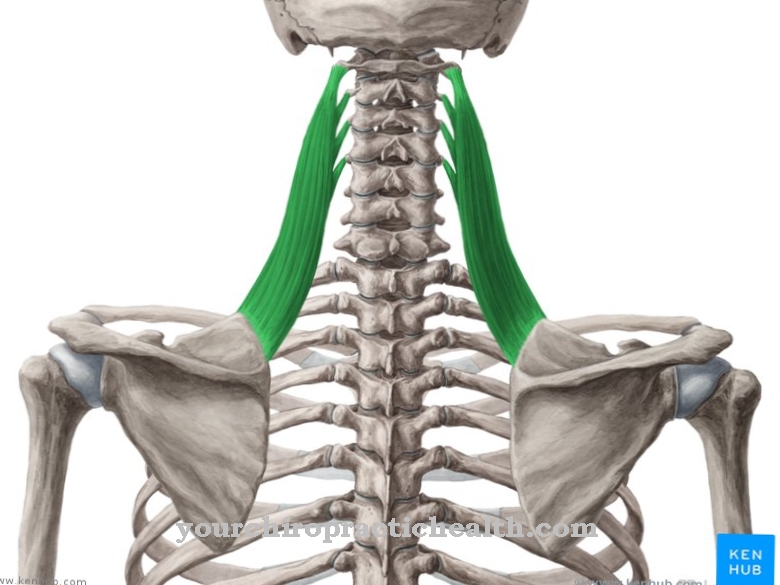





.jpg)



.jpg)










.jpg)
